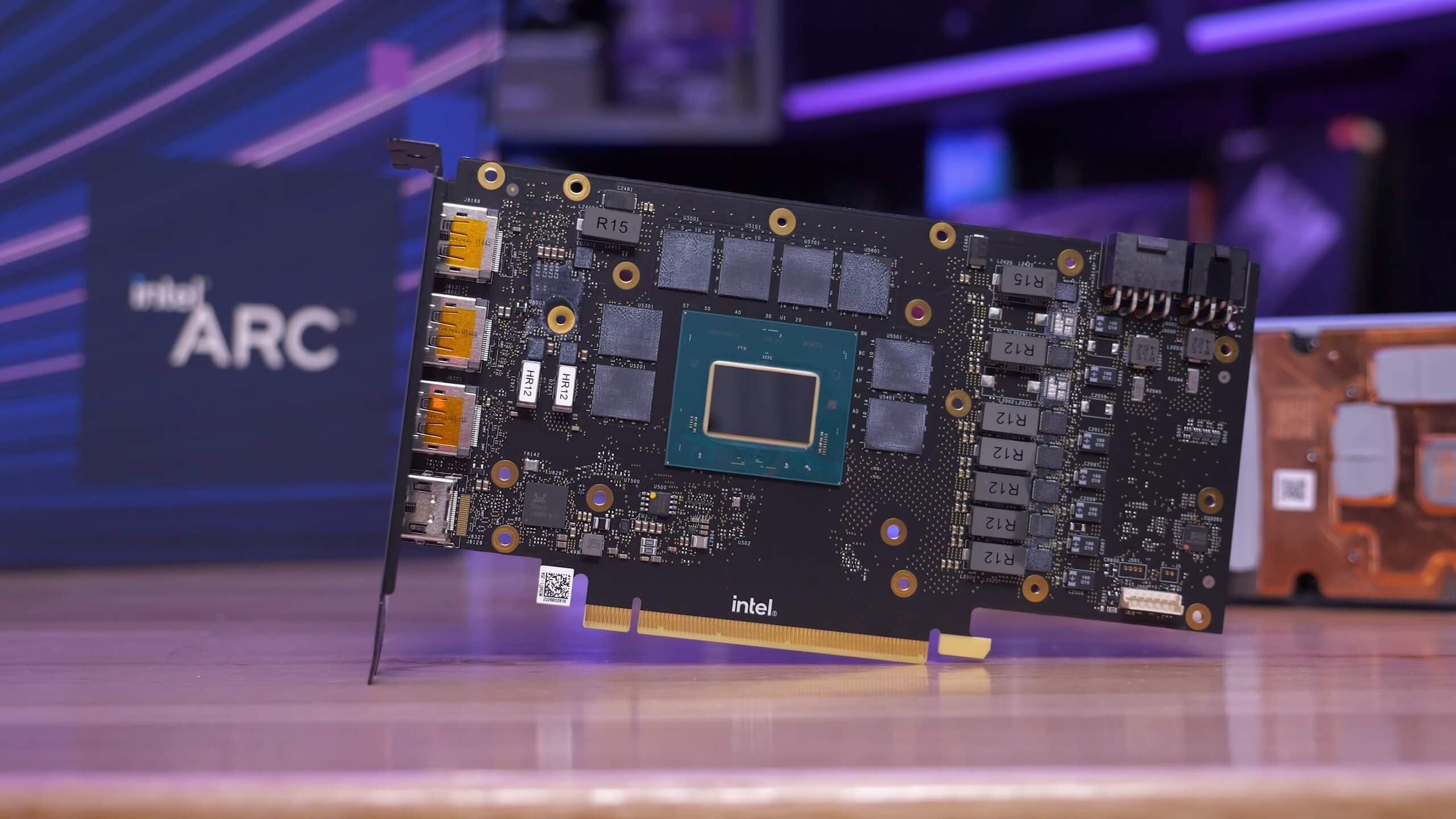In brief: Intel Lunar Lake mobile CPUs controversially integrated system memory onto the SoC, preventing users from installing additional RAM. The company now partially blames the decision for its latest disastrous earnings report. Furthermore, Intel's restructuring plans might involve downsizing or ceasing development Arc desktop GPUs.
During the company's third-quarter 2024 earnings call, Intel confirmed that its future laptop chips will return to the traditional use of RAM sticks, reversing Lunar Lake's radical shift to baked-in system memory. The company is also reassessing GPU development over the coming years.
The recently introduced Lunar Lake Core Ultra 200V light mobile CPUs come with either 16GB or 32GB of memory built into the package. Intel claims that forgoing SODIMM sticks reduces power consumption during memory transfers by 40 percent, but users are stuck with the RAM that ships with the device.

When asked whether the company would continue using this design, CEO Pat Gelsinger confirmed that future architectures such as Panther Lake and Nova Lake won't use on-package memory. Moreover, Gelsinger described Lunar Lake as a one-off project initially intended for a niche market before it grew in response to the emerging AI PC market.
Intel CFO David Zinsner admitted that integrating system memory significantly impacted Lunar Lake's gross margins. The comments were made during an earnings call following the company's Q3 2024 financial report, which showed a $16.6 billion net loss – 10 times the previous quarter's loss of $1.6 billion. Analysts expect Intel to post billions in losses for 2024 overall, Chipzilla's first annual net loss since 1986.
When discussing the future, Gelsinger mentioned plans to streamline the company's product stack to simplify development. This means fewer SKUs, with discrete graphics on the chopping block. Gelsinger said the market will have less demand for dedicated graphics cards in the future.
Intel launched its first line of discrete GPUs, Arc Alchemist, in 2022, but delays put the components behind the curve compared to competing products from Nvidia and AMD. Intel gained only a few percentage points of market share over the last couple of years, and that thin slice had completely evaporated by the second half of 2024.
As Team Red and Team Green plan to launch new GPU lineups in Q1 2025, Intel's second generation of discrete graphics, Arc Battlemage, remains on track to beat them to the market in late 2024. However, expected performance profiles remain unclear, and Battlemage's market performance might decide the fate of the third planned lineup, Arc Celestial.
